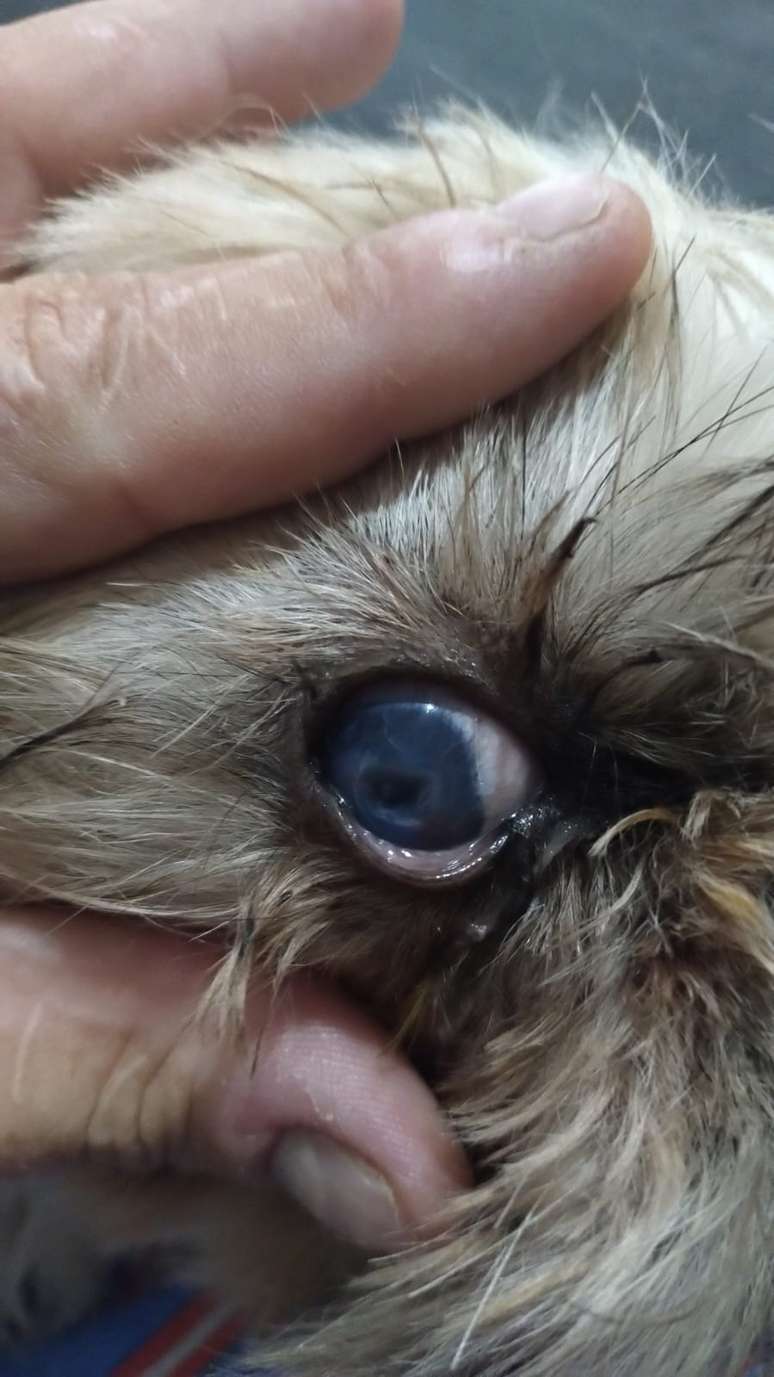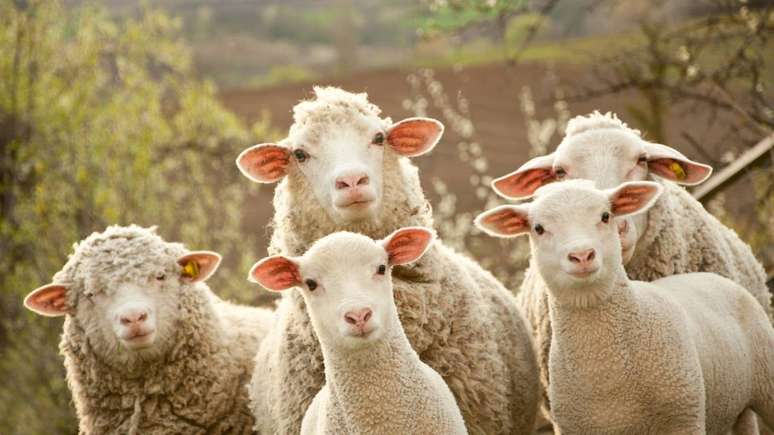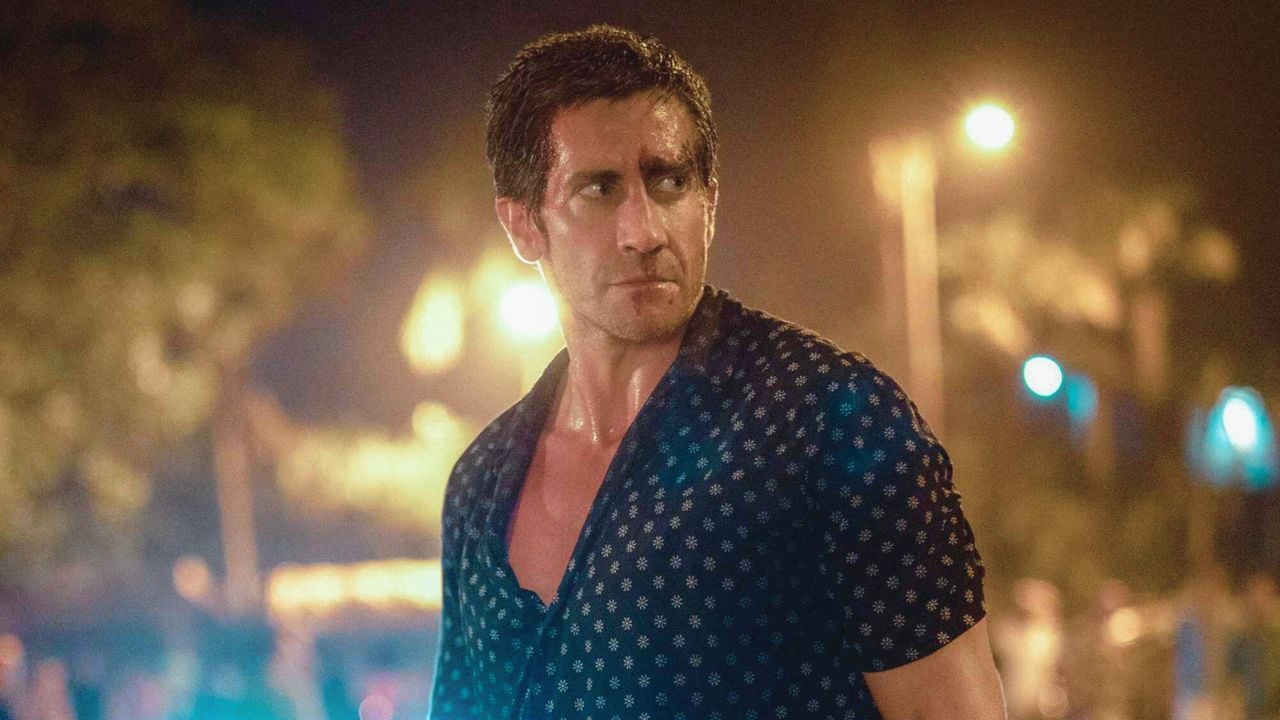The veterinarian specializing in ophthalmology explains which procedure
Summary
A veterinarian from Itanhaém (SP) used a human contact lens to treat a dog’s serious eye injury, enabling recovery in a simple and accessible way, highlighting the role of adaptations of human medicine techniques in veterinary ophthalmology.
A veterinarian specializing in ophthalmology managed to reverse vision loss in a Shih Tzu dog by inserting a human contact lens into the animal’s eye. Lais Belli, a resident of Itanhaém (SP), said it. Earth that, although it may seem strange to lay people, the procedure is not that unusual in their professional routine and that the techniques and materials used in humans are also frequently used in veterinary ophthalmology.
Receive the main news directly on WhatsApp! Subscribe to the Terra channel
The dog was taken to the hospital blind by his owner due to a serious eye injury, caused by an ectopic eyelash, a hair that grows abnormally through the conjunctiva (the pink part of the eye) and contacts the surface of the eye (cornea).
The veterinarian chose to use a human contact lens because surgery, although more suitable, was economically unfeasible for the owner.
“This injury was extremely extensive. So, any manipulation of this patient creates a risk. Even the fact that the animal blinks creates the risk of the eye losing a 100% chance. Something I had to do, because if I don’t have the surgical resources to act, I will have to provide some comfort to try to ensure, at least, the comfort of this patient,” he reported.
The result was very positive. The dog started having reflexes again after a few days of wearing the lens. He was subsequently treated with eye drops, thanks to which recovery occurred quickly and without consequences. The lens worked as a sort of bandage that protected the eye from the eyelid itself, since the movement of blinking could compromise the healing process.
-vbt02g5jyr1d.png)
“The biggest technical difficulty often comes when we have a patient with a very small eye. And the human contact lens is a little bit larger. However, this specific patient has a large eye,” he explains.
Contrary to what you might think, the use of human contact lenses in animals is not that rare. The professional says she applies “contact lenses with an absurd frequency, because the contact lens brings immediate comfort to the patient and also reduces some friction.”
According to Belli, veterinary ophthalmology is highly dependent on the adaptation of materials and techniques from human medicine, both due to the financial limitations of the owners and the scarcity of specific equipment in Brazil: approximately 95% of the instruments, medicines and procedures used are originally human, adapted according to the species and clinical conditions of each animal. This practice is common and accepted, as long as the professional has the technical and ethical basis to ensure patient safety.
“Some species do not respond well to some medications. We have contact lenses for veterinary use. This contact lens is simpler, because it has some points through which we can look at the patient and see that the lens is still there, since it is not 100% transparent like the human lens,” he explained.

Laís says the case represents a personal and ethical milestone in his professional career, demonstrating that the best treatment is not always the most expensive or the most complex.
“I am of the opinion that not everyone can do everything that medicine asks. We must learn to work, to manage the resources we have available. I am not saying that we have to be creative, I think that we must be ethical, professional and make very clear to the tutor everything we can do to be safer for the patient. But in our society, not everyone has the possibility of investing R$6,000 in an emergency surgery, and the eye does not wait”, adds the specialist.
Source: Terra
Ben Stock is a lifestyle journalist and author at Gossipify. He writes about topics such as health, wellness, travel, food and home decor. He provides practical advice and inspiration to improve well-being, keeps readers up to date with latest lifestyle news and trends, known for his engaging writing style, in-depth analysis and unique perspectives.

-1h85bhkf2b9rn.png)







